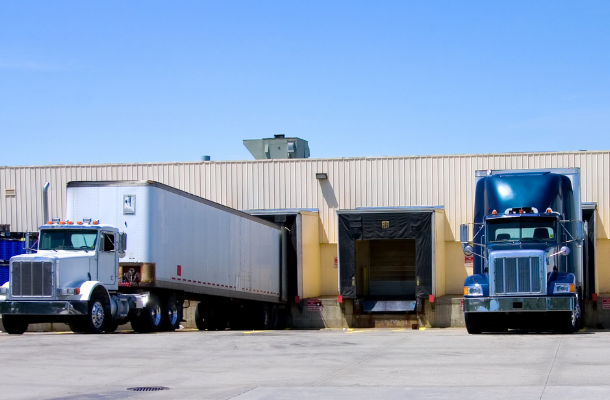The shipping industry has noticed that most of the companies use preloaded containers. So, this makes us assume that drop and hook would be a hit with shippers and carriers? But what is drop and hook, and what are the advantages?
Define drop and hook trucking
Drop and hook trucking is terminology in the trucking industry, which refers to a delivery option that allows the driver dropping off a full load to hook up to a preloaded or empty container at the same facility. This means the driver will drop a load off without waiting for the cargo to unload, saving time for the driver. This is also known as no-touch freight since the driver doesn’t have to wait.
How does drop and hook differ from live load in trucking?
With a live load, a warehouse distributer will load a container while a driver waits on site. The driver will be scheduled for a specific time and dock. While a live unload is similar, but it occurs at the delivery point. The driver will have to wait nearby while their truck is being unloaded. A driver then takes the empty container to a container yard or proceeds to their next route. With these types of live loads a driver receives a waiting fee.
What are the advantages of drop and hook?
There are a few advantages to drop and hook trucking, making it an attractive option for shippers.
1. No contact
A drop and hook trucking allow a driver to deliver a load without touching any of the cargo. As a result, the driver doesn’t have to wait for the warehouse staff to unload, taking up to 48 hours.
2. Make deliveries faster with less downtime
With a drop and hook option, the delivery process is much faster. In addition, since the driver does not have to wait to unload the cargo, the driver can get another load and go to its next destination faster. As a result, the driver has the potential to do more deliveries in a shorter period.
3. Drivers are not relying on others
While some companies do not need the driver to unload the cargo, they are delivering, and the driver may need to wait onsite while the companies’ employees unload the cargo. This means the driver must rely on others to unload the cargo before they can leave. As a driver, it can be frustrating if there are delays preventing you from getting back on the road for your next pick-up.
4. Cut costs
Shippers pay a steep amount to the driver while they wait for their container to be unloaded, known as a waiting fee. As a result, the shipper can eliminate that cost. Thus, making a drop and hook delivery a win-win for both the shipper and the driver.
What are the disadvantages of drop and hook trucking?
Although a drop and hook option may seem appealing to drivers, it also comes with its disadvantages.
1. The ability to keep perishable items
Drop container service becomes infeasible for temperature-controlled perishable items such as seafood, poultry, or pharmaceuticals. Dropping off a refrigerated container and picking up another wouldn’t work since there is no scheduled time for unloading, and refrigerated containers cannot maintain their temperature.
2. Space needed for drop service
A shipper must have an adequate amount of space for drivers to drop off their containers and “house” empty or preloaded containers. For this reason, drop service is challenging to manage for shippers/receivers who do not have enough yard space for stagnant containers.
In addition to this, dropping a fully loaded container and replacing it with an empty trailer to match can be time-consuming. This can be difficult for smaller operations that do not have yard employers onsite who oversee moving trailers in the loading area.
3. Lead time
A drop and hook service requires a good amount of lead time. Shippers need a proper warning that the driver will be dropping their container off and hooking to one from their yard. Although dropping a container is convenient for drivers because they could haul other loads immediately after, it takes planning on the shipping side. This decreases the ability to adjust to urgent shipments. Thus, making drop and hook services not practical for last-minute shoppers.
In conclusion
Although it is not for every business, drop and hook trucking service could make an impact on the right company. This type of service can reduce transportation costs for shippers and increase potential earnings for carriers.
Need help with logistics services? Get A Free Freight Quote today!


